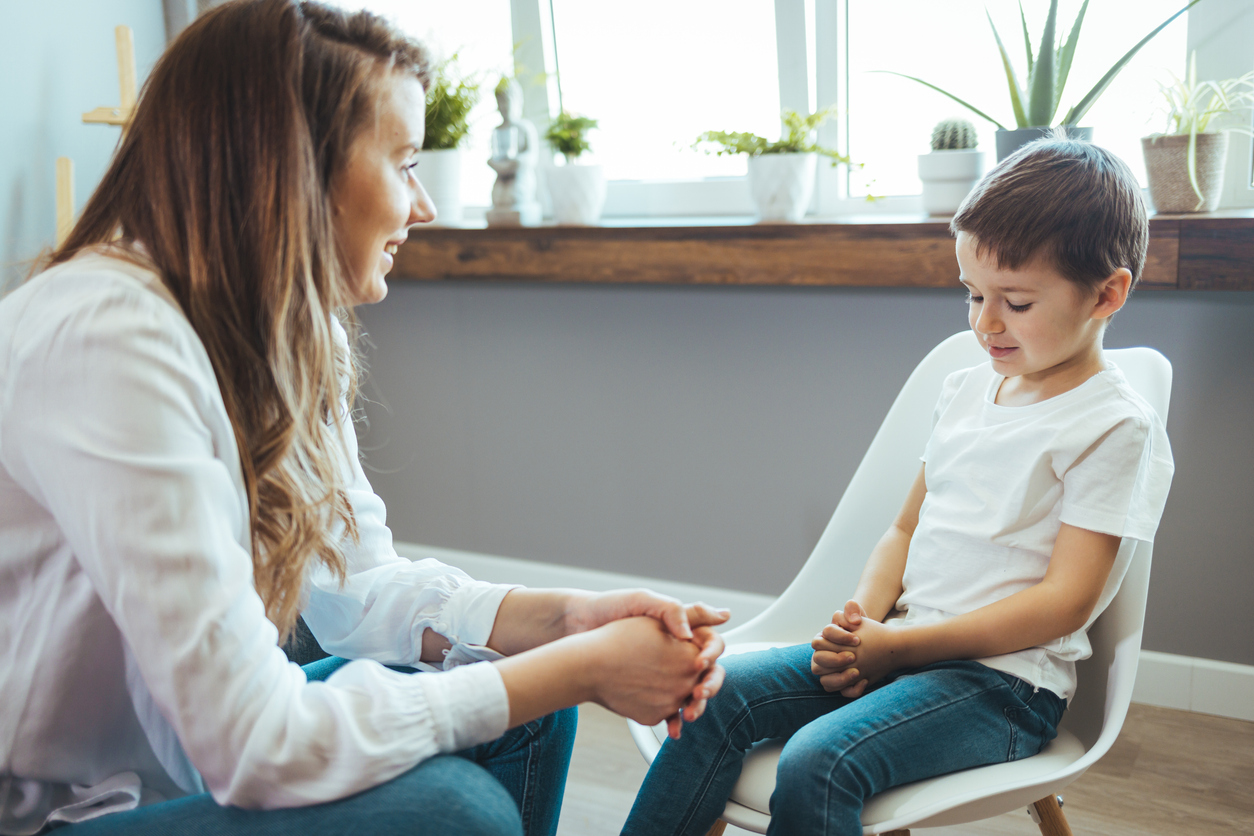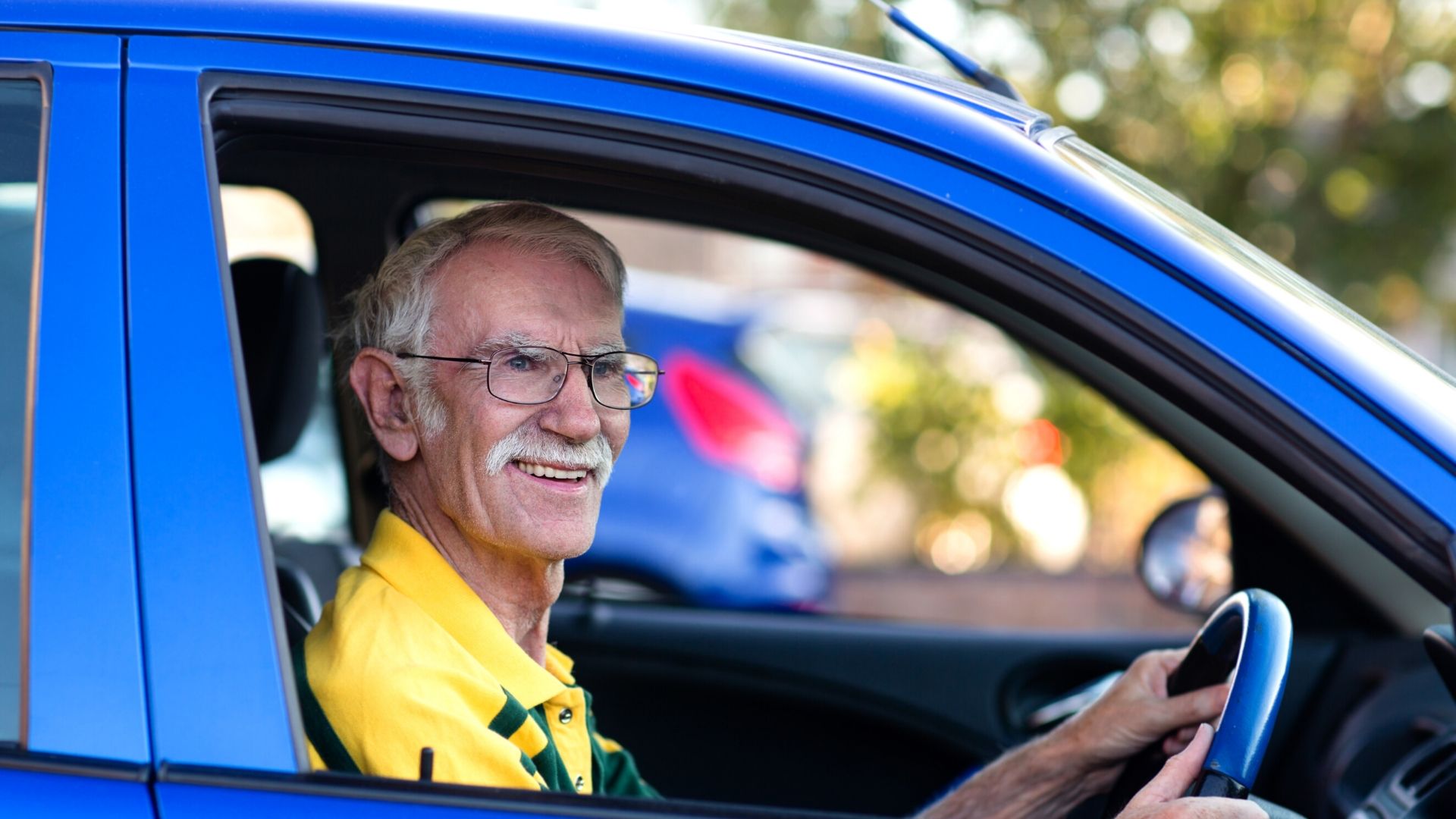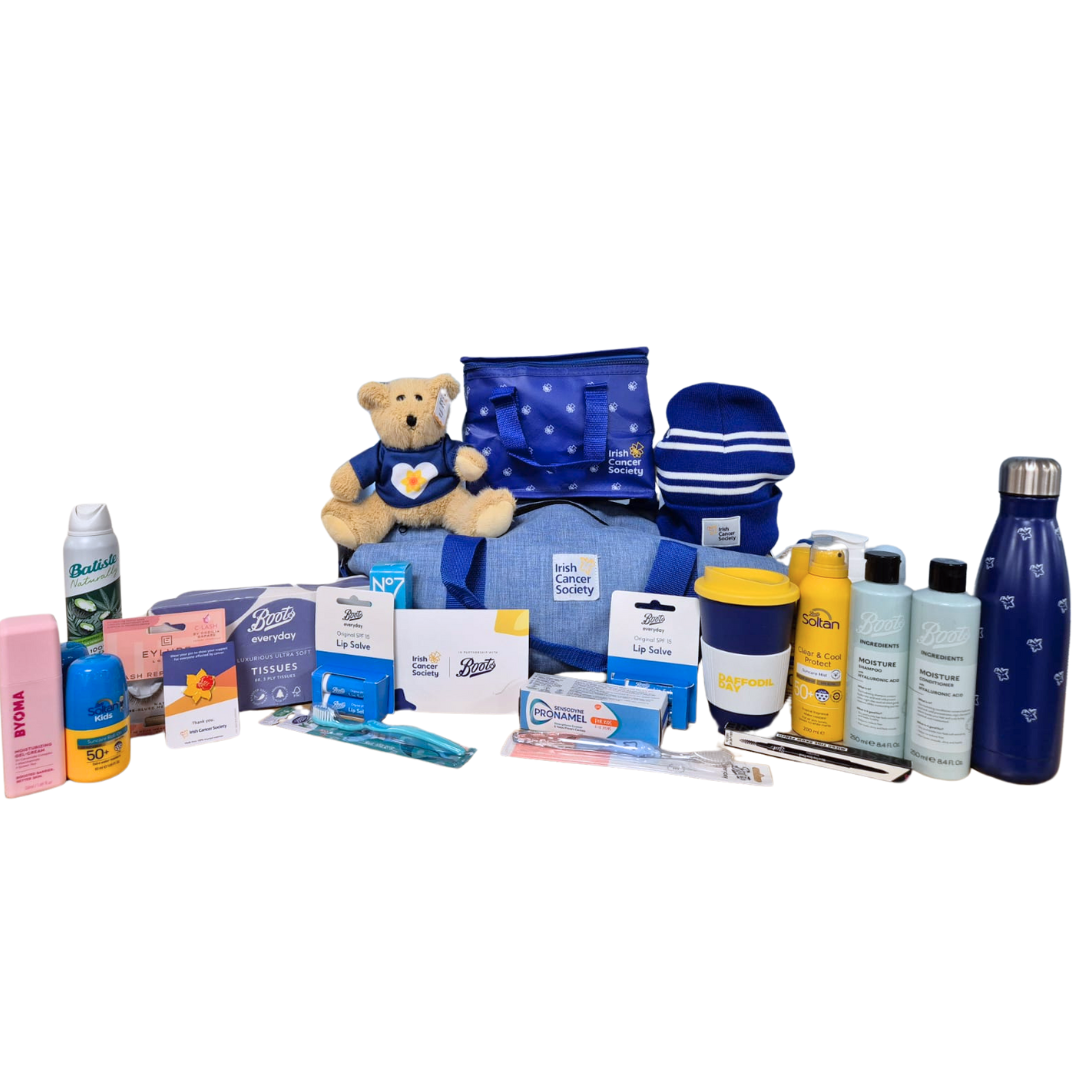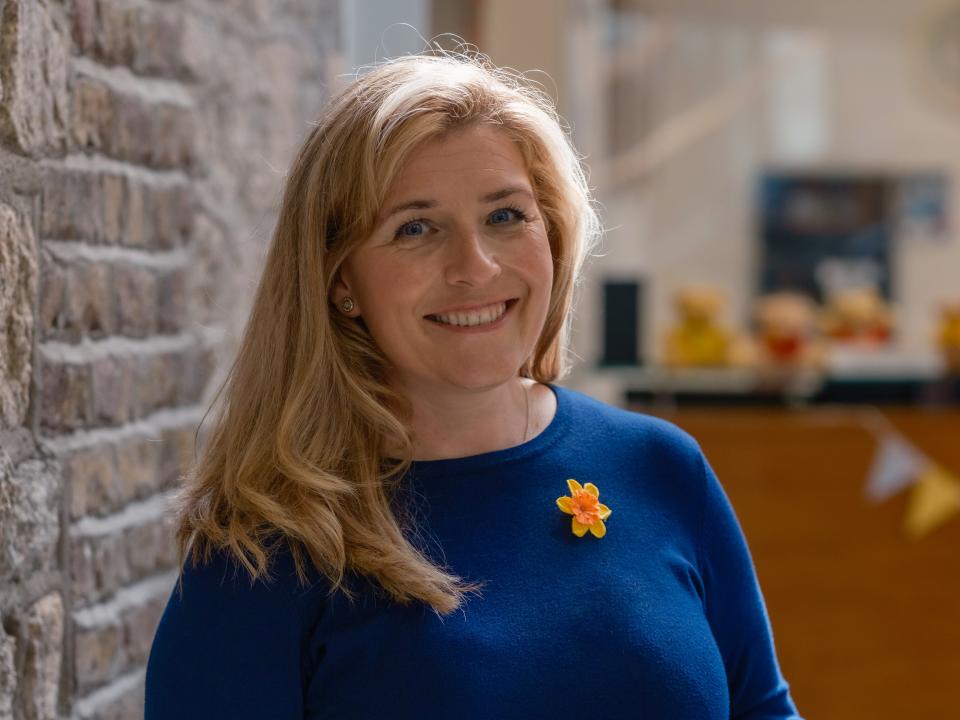It can take a week or 2 for some test results to come back. You can ask when the test is being done:
- When do the doctors expect the results back?
- Will you be given the results over the phone or in person and who will they contact?
It’s natural to want to hear the results as soon as possible. You may feel very anxious while you’re waiting. Talk to your nurses or call our Support Line and ask to talk to our children’s cancer nurse if you have any questions.





